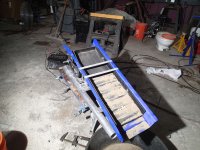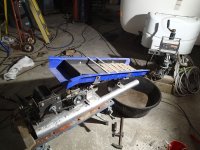Assembler
Silver Member
- May 10, 2017
- 3,452
- 1,390
- Detector(s) used
- Whites, Fisher, Garrett, and Falcon.
- Primary Interest:
- Prospecting
Anyone use a gun case for a sluice box either wet or dry?
APACHE 9800 Weatherproof Protective Rifle Case, Long, Tan
https://www.harborfreight.com/9800-...e-long-tan-56862.html?_br_psugg_q=apache+9800
Thanks
APACHE 9800 Weatherproof Protective Rifle Case, Long, Tan
https://www.harborfreight.com/9800-...e-long-tan-56862.html?_br_psugg_q=apache+9800
Thanks










